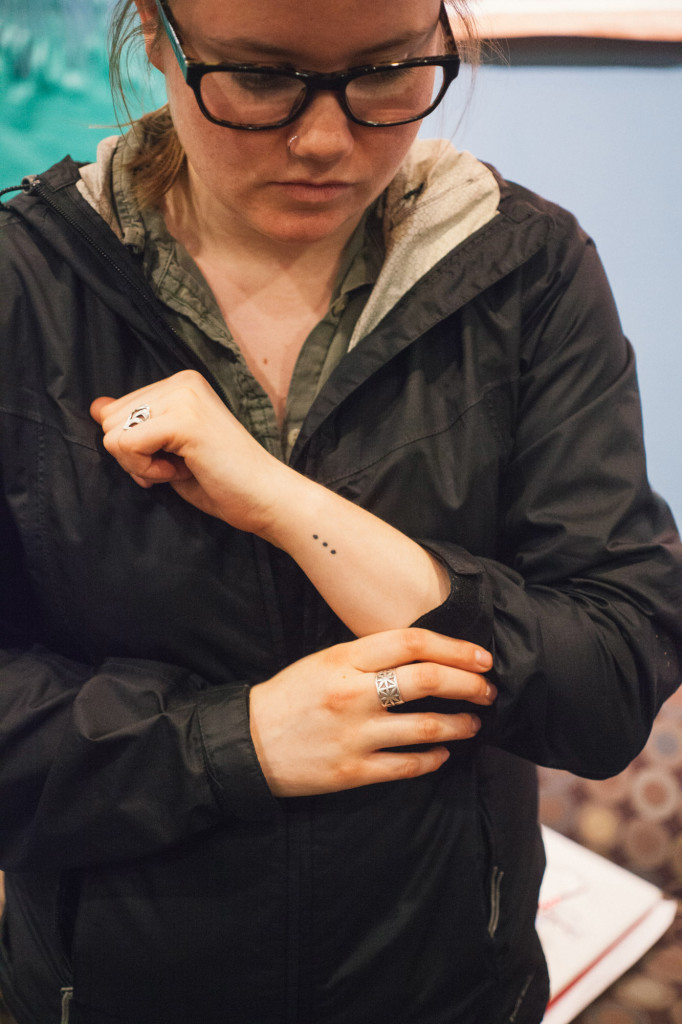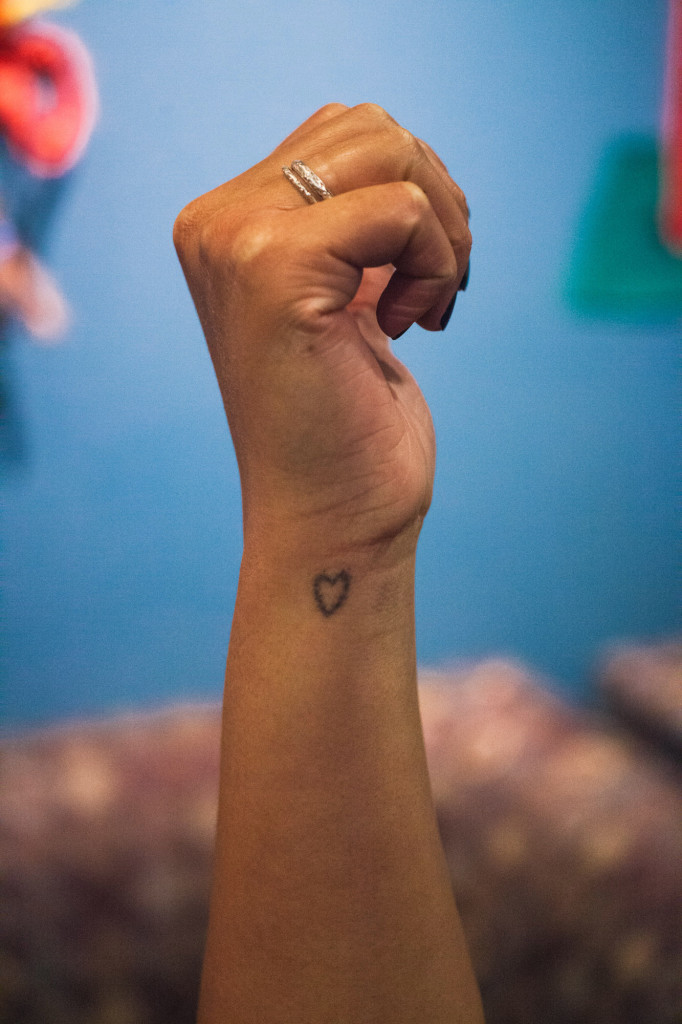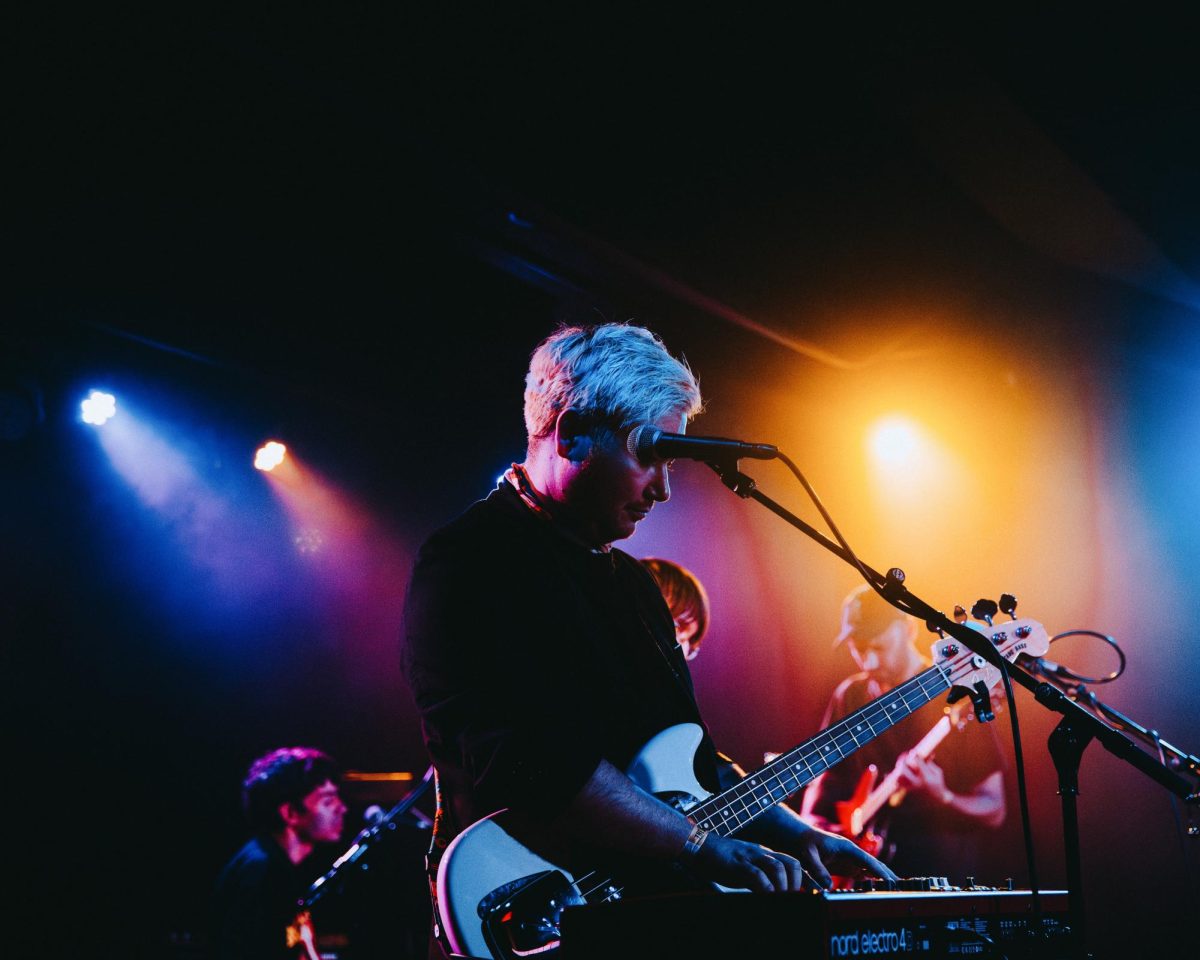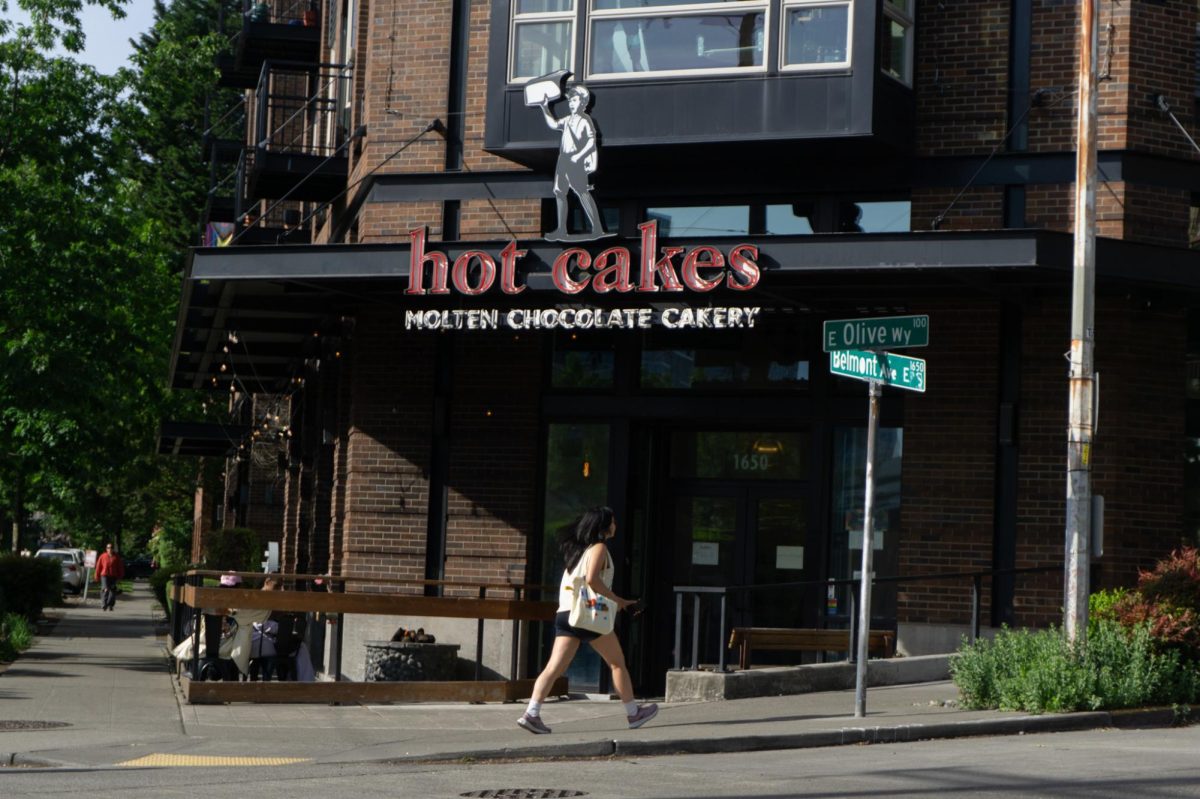College dorms are turning into tattoo parlors and university students are changing what it means to mark oneself with a needle and ink. Enter the stick and poke, the cheap college version of a tattoo that is less permanent but serves a similar purpose.
Research stick and poke in your Google search bar and you will find a sewing needle attached to a pencil with a bottle of ink next to it. DIY articles clutter your search page, each one differing from the next as a variety of tips and tricks are offered. It’s important to know that one’s reaction to a stick and pokes varies from person to person. Some may be nervous, others eager to go and get one, but no matter the case, misconceptions surround the artform.
Molly McCabe, a first year Humanities for Leadership major, is a student who has both received and given stick and pokes. She doesn’t see stick and pokes as more risky or different than tattoos. Instead, she sees them as related activities that have many parallels.
“Getting a regular tattoo is dangerous. You’re still working on someone’s skin with rubbing alcohol and ink, it’s not really any different,” McCabe said. “They are perceived differently because a tattoo studio seems safer, but if you’re doing it with someone who has done their research, it’s not that dangerous at all. No one I have done stick and pokes on has ever gotten an infection.”
McCabe first gave herself a stick and poke when she was sixteen. It wasn’t until she was eighteen that she officially received one from someone else.
“I got it on a ratty couch at this art show in my friend’s backyard,” McCabe said. “She was this crazy goth artist who wanted to give me some of her art and wanted me to have it forever. So she gave me a giant cactus on my butt and now we call it cact-ass.”
Having walked away from this experience with both a stick and poke and story, McCabe continues to give them to her friends and those interested, adding more work to her portfolio.
“I recently bought sterilized tattoo needles off of Amazon, got indie ink and did stick and pokes in the Campion floor two lounge,” McCabe said. “It was really fun.”
The stick and poke community on the Seattle U campus continues to grow. Maddy Mele, a first year Humanities for Teaching major, shared her experience of getting a stick and poke while in a
Campion lounge.
“I didn’t think about it; it was really spontaneous. I just kind of got it. Usually for my tattoos I plan them out a lot in advance,” Mele said. “[But] I feel like you shouldn’t plan out a stick and poke. People we were just walking in when Molly was doing them and would ask for one. They’re very spontaneous, they don’t need a purpose.”
The experience of a stick and poke is unique in itself . Some may get them at a party, others while doing homework. How they are given is generally a similar process. If precaution is taken, the one giving the stick and poke will wipe the surface being used and the area where the needle will meet the skin with alcohol. Often an unused, sanitized needle and new ink are used. Once the stick and poke is finished, the needle is thrown away along with the ink. How people care for their new stick and pokes, however, is completely up to them.
Similar to McCabe, Mele thinks that safety concerns surrounding stick and pokes should be equal to those surrounding tattoos.
“I think you should definitely do your research and not just get it from your friend who bought needles,” Mele said. “Other than that, go crazy. A stick and poke is no different than a tattoo. It’s art.”
Shelby may be reached at sbarnes@su-spectator.com










